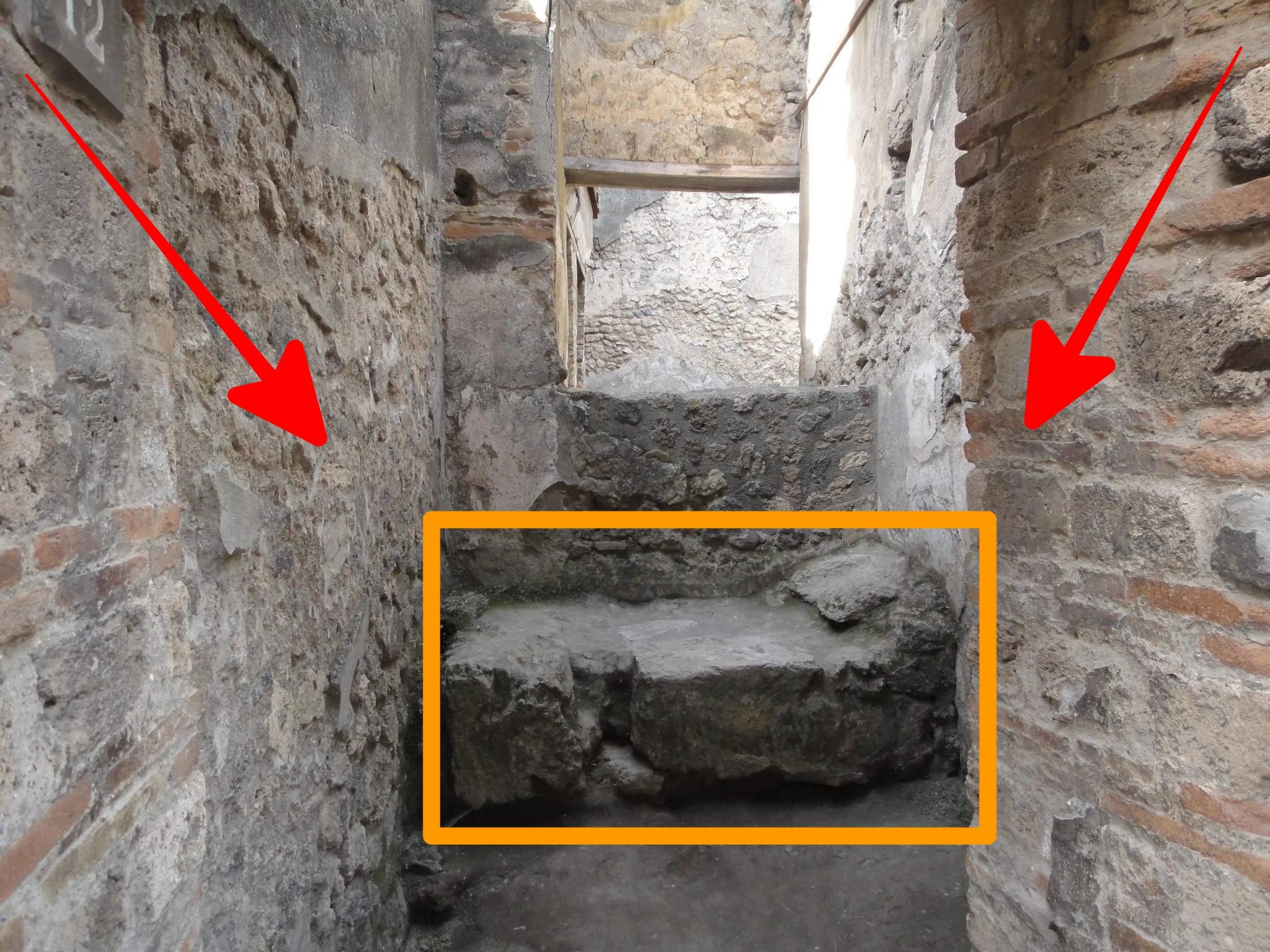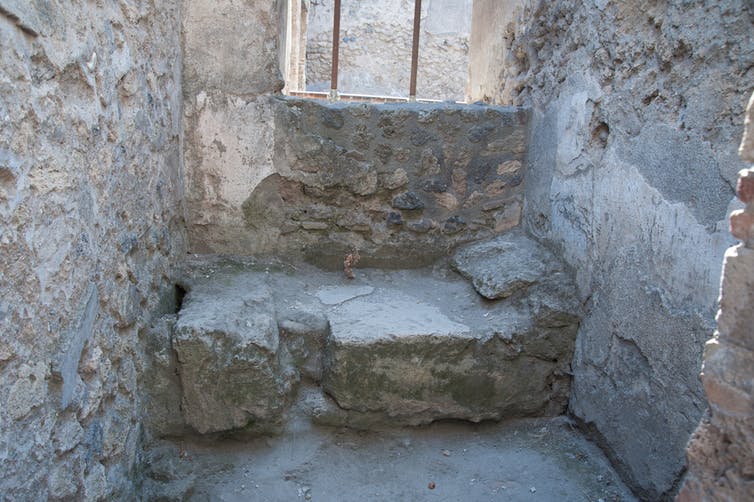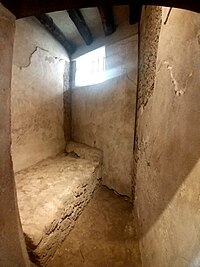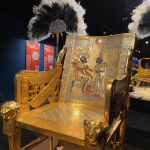A Stone Bed in the Lupanare: Investigating the Pompeiian Brothels

The ancient city of Pompeii, famously frozen in time by the catastrophic eruption of Mount Vesuvius in 79 AD, offers an unparalleled glimpse into Roman life. Among its many well-preserved structures, the Lupanare, Pompeii’s most famous brothel, stands out as a fascinating testament to the social and economic aspects of sexuality in ancient Rome. Central to this establishment were the stone beds, a stark contrast to the luxurious settings one might imagine. These stone beds not only highlight the pragmatic aspects of the brothel’s operations but also provide insight into the lives of those who worked and visited there.
The Lupanare, derived from the Latin word “lupa” meaning “she-wolf,” was a two-story building situated in a bustling part of Pompeii. This brothel was unique in its explicit purpose, designed specifically for sexual commerce, unlike other establishments that might have served multiple functions. The stone beds within the Lupanare were narrow and often accompanied by a small pillow, indicating the utilitarian nature of the facility. These beds were built directly into the walls, maximizing space and efficiency, a practical solution for an establishment that likely saw a high turnover of clients.

The austere stone beds of the Lupanare contrast sharply with the vibrant frescoes that adorned the walls. These frescoes depicted explicit sexual scenes, serving both as advertisements of services offered and as visual stimulation for patrons. The artwork is a testament to the Romans’ comparatively open attitude towards sex and their appreciation for erotic art. Each room in the Lupanare was small and sparsely furnished, emphasizing the functional over the luxurious. The combination of these practical stone beds and the erotic frescoes created an environment tailored for business rather than pleasure.
The women who worked in the Lupanare, known as “lupae,” faced harsh conditions. Many were slaves or lower-class women with few alternatives. Their lives were far from glamorous, marked by long hours and minimal personal freedom. The stone beds they used were a physical manifestation of their hard and unforgiving lives. Despite the basic and uncomfortable accommodations, these women played a crucial role in the economy of Pompeii, as prostitution was a significant part of the urban economy in many Roman cities.

Clients of the Lupanare came from all walks of life, though the establishment catered primarily to the lower and middle classes. The affordability and accessibility of the services offered made the brothel a popular destination. The stone beds, while uncomfortable, were a small price to pay for the opportunity to partake in the services of the lupae. The transactional nature of these interactions is underscored by the physical environment of the brothel, where comfort was secondary to the commercial exchange.
The presence of the Lupanare and its stone beds also sheds light on the broader social attitudes towards sex and commerce in ancient Rome. Prostitution was legal and regulated, seen as a necessary facet of urban life. The existence of specialized buildings like the Lupanare indicates a level of societal acceptance and institutionalization of the sex trade. These stone beds, then, are not just relics of ancient furniture but symbols of a complex social and economic system that integrated sexual commerce into daily life.

Archaeological findings in the Lupanare, including graffiti, further enrich our understanding of this ancient brothel. Inscriptions on the walls include the names of prostitutes and their clients, prices of services, and even personal comments and reviews. This graffiti serves as a poignant reminder of the human stories behind the stone beds, providing a voice to the individuals who lived and worked in this space.
In conclusion, the stone beds in the Lupanare of ancient Pompeii are more than mere artifacts; they are windows into the everyday lives of those who inhabited this city. They reflect the pragmatic approach of Roman society towards prostitution, highlighting the economic and social dimensions of this practice. Through these stone beds, we gain insight into the lives of the lupae and their clients, the operational mechanics of ancient brothels, and the broader cultural attitudes towards sexuality in ancient Rome. The Lupanare, with its stark stone beds and vivid frescoes, remains a powerful symbol of Pompeii’s rich and multifaceted history.







